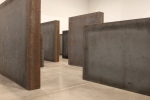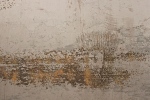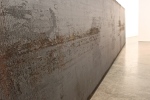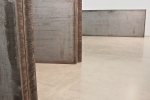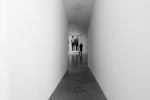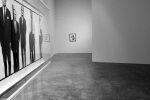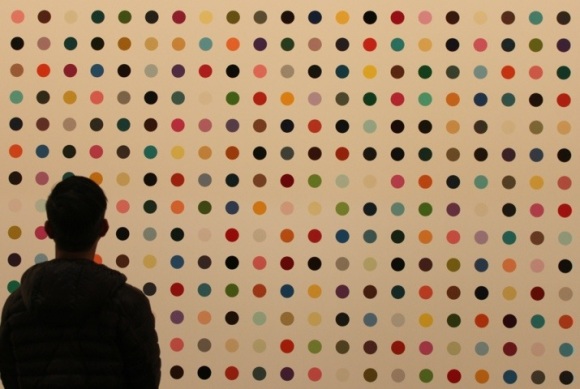He put his subjects against a white background and shot them. It’s one of the aspects that made Avedon what we know him from.
He started as art director for Harper’s Bazaar in 1945. He soon took on fashion photography for VOGUE. He had his models pose with elephants.
He shifted his attention to portraiture in more personal work. The list is long. Andy Warhol, Isabella Rossellini, The Beatles, Brigitte Bardot, Tina Turner, Barbra Streisand, Marilyn Monroe, Björk, Brooke Shields, even the Dalai Lama, they all stood in front of his lens. In the 1950 and 60’ies Audrey Hepburn was his undisputable muse.
But his attention did not only go out to celebrity. Miners, oil field workers, patients of mental hospitals and drifters were also his subjects. This fact earned him a lot of criticism: he showed a not very good image of the USA…
Set on an austere white backdrop his portraiture captures the soul of its subject. Avedon’s most personal style was minimalistic and sharp.
During shoots he would ask questions, not rarely of the most psychological kind. Thus he tried to dig deeper into his models’ personality. The result is that many a model, beit a celebrity or an every day person, shows an expression he or she was normally not known for, revealing an underlying aspect of their being.
The Gagosian Gallery, who represents Richard Avedon since 2011, exhibits four huge scale photographs, also called his murals, and related smaller size images.
The images represent four themes: 1/ Andy Warhol and The Factory, his work studio, and his Superstars, the people of his direct entourage. 2/ the beat poet Allen Ginsberg and his family. 3/ the Mission Council, Vietnam War officials and military. 4/ the Chicago Seven, political radicals accused of inciting riots at the Democratic National Convention in 1968.
A special mention goes to David Adjaye (Adjaye Associates) for the set-up of this exhibition. A narrow tunnel leads to the middle point of the gallery. From this position, the eye is led in four directions to the large size murals on white, allowing a spectacular view on each without any kind of obstruction or distraction.
V-shaped partitions make it feel like looking through a giant funnel. These partitions, opening up to the four corners of the hall, contain the related smaller portraits on the inside. Here the photographs are mounted on a black backdrop. Where the murals jump blatently and unwavering in your face, the black corners allow a more intimate, yes, maybe even voyeuristic view.
Gagosian Gallery
522 w 21st, New York City
Till July 6
http://www.gagosian.com








